A sharp increase in key rate, record profits of banks, and digital ruble
Results of the year in the financial sector of Tatarstan
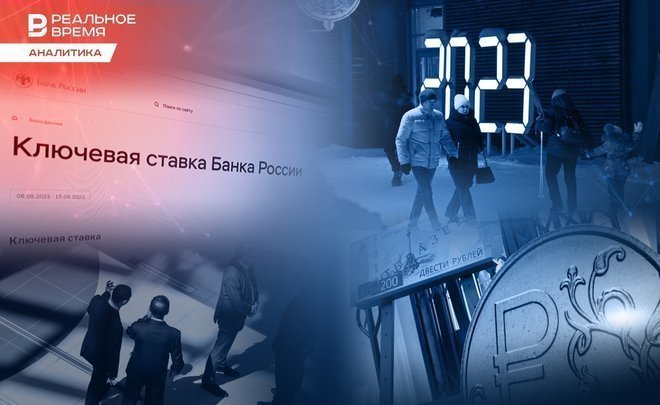
Inflation, a rapid increase in the key rate, more expensive loans, legalised Islamic finance, and the launch of the digital ruble — what marked the year 2023 in the financial markets and what factors influenced the development of the Russian banking system. The analytical service of Realnoe Vremya and invited experts selected the most significant events of the outgoing year and tried to make forecasts for 2024 in the conditions of prevailing uncertainty.
The time for cheap loans has passed
In mid-2023, the Bank of Russia began to tighten monetary policy: from July to December, the key rate increased more than twofold — from 7.5% to 16% per annum. Following it, mortgages on the secondary market, consumer and car loans rose in price. However, this state of affairs suits the Central Bank of Russia — the excitement in the lending market has begun to subside, and this will help bring inflation back to the target level in 2024.
According to the NRA forecast, in the next 1.5-2 months, market mortgage rates, excluding preferential programmes, will amount to 15-17%. In the car loan segment, average rates will reach about 20% for new cars and up to 35% for used ones. The market rate on unsecured consumer loans will be in the range of 21-27% for employees.

Deposits have regained their former attractiveness
In 2022, against the background of a low key interest rate, money from deposits flowed into the stock market. At the end of 2023, the situation began to change — deposits became more attractive, and the stock market began to adjust after 9 months of growth.
According to the analytical centre of the Finusluga project of the Moscow Exchange, as of December 15, the average return on deposits for 3 months in the top 50 banks was 13.19%, for 6 months — 13.5%, for a year — 12.46%. The FRG100 index for annual deposits in the amount of 100,000 rubles, which is calculated from deposit products of 80 banks, is 10.78% on the same date.
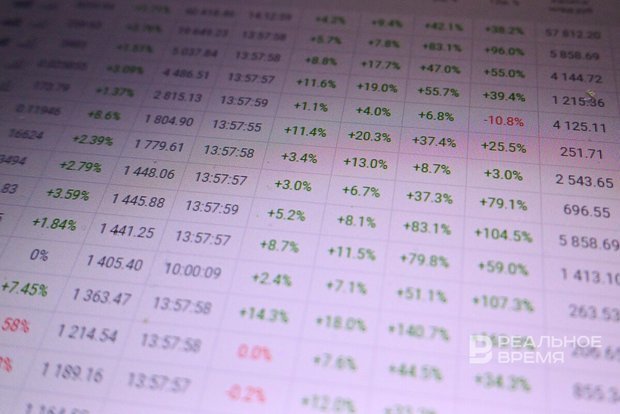
The maximum rate in Sberbank has reached 16% for a mass customer and 16.5% for premium ones. It is possible to get such a yield with a six-month deposit. VTB also announced an increase in the rate on savings products by an average of 0.5 percentage points, to 16%, and the maximum return for those who transfer their pension to the bank will be 17%. Since December 16, Alfa-Bank raised rates to 16-16.1% on its deposits. In Home Bank, the maximum rate increased to 16.5%, in Post Bank — to 17%.
Russian banks have earned record profits
The net profit of Russian banks in 2023 may exceed 3 trillion rubles. The historical maximum can be updated, despite the sharp increase in the key rate.
Almost half of this amount will account for by Sberbank, which can pay record dividends by the results of the year. The share of profitable banks for 11 months of 2023 amounted to 88%.
Testing of the digital ruble has started
On August 15, testing of operations with real digital rubles began in Russia. It is participated by 13 banks and a limited number of their clients. This stage of the project will give the opportunity to check the operation of the digital ruble platform in an industrial environment, work out the necessary procedures with the involvement of real customers, as well as adjust the processes, if necessary, and make sure that the use of a new form of national currency is convenient and understandable to users.
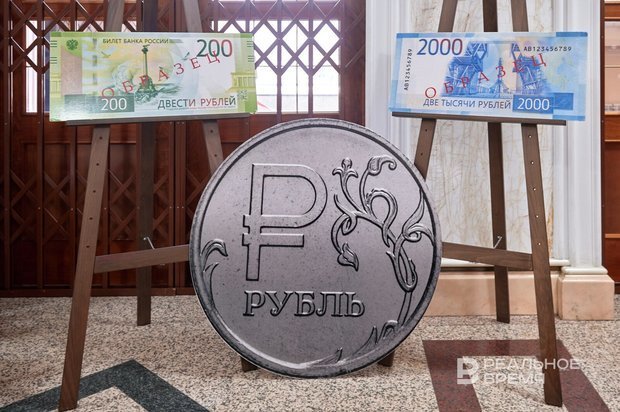
At the first stage, about 600 people will take part in the testing. It is planned that the list of participants will be expanded in the future. Both citizens and companies will be involved in testing. In 2024, the list of pilot operations will be supplemented by payments using a dynamic QR code and transfers between legal entities.
An experiment on Islamic finance has been launched in four regions
In September 2023, an experiment on partner financing was launched in Tatarstan, Bashkortostan, Dagestan, and Chechnya, which will last until September 1, 2025. The pilot regions received the opportunity to test the principles of Islamic banking, which implies conducting business in accordance with Sharia law.
The main achievement of the new law is that the system of coordinates of Russia and four regions includes the topic of Islamic banking. Now the task of both the regulator and market players is to form a practice on which the new law will rely. With a successful development of events, it will be extended to the whole of Russia. So far, the experiment will last 2 years with the possibility of extension, up to 5 years, Linar Yakupov, the president of the Fund for the Development of Islamic Business and Finance (IBFD Fund), told Realnoe Vremya.
The stock market has recovered from last year's shock
In the first three quarters of 2023, the Russian stock market showed one of the best dynamics in the world against the background of a rebound after the shock of 2022, when the maximum number of sanctions were applied against the Russian economy by Western countries. But any growth is accompanied by corrective effects, this year they were observed in May, September, and December. This coincided with an increase in minor sentiment on the global stock market, after the heads of leading central banks made it clear that the period of high rates would be longer than expected.
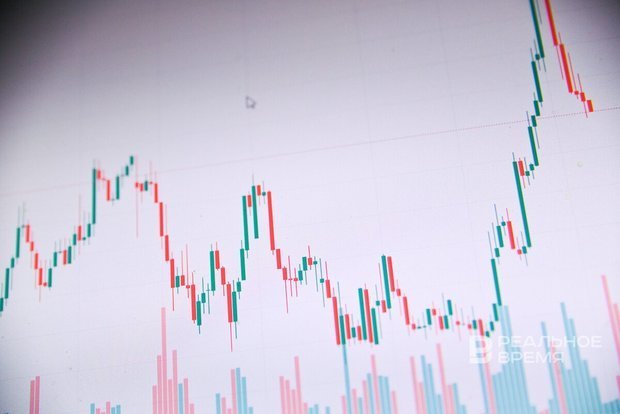
Since the beginning of 2023, the Moscow Stock Exchange Index has grown by about 42%. Although it was not possible to fully compensate for the losses of the crisis year 2022, in general, the year 2023 can be assessed as quite successful for the Russian stock market.
Realnoe Vremya also asked experts to highlight and comment on the most significant events of the past year.
“We have learned how to overcome difficulties and find the right mechanisms”

According to him, there was no serious decline in the lending market in 2023. While government preferential lending programmes are in effect in the mortgage market, the sensitivity to the interest rate level is not so high. Especially at a time when there is a serious increase in the cost of a square metre of housing.
Preferential government programmes have become a growth driver of loan portfolio of the population this year. The volume of disbursements in the field of consumer lending decreased slightly by the end of the year due to the increase in interest rates. People began to borrow less for consumer purposes.
In general, the year 2023 was a more successful year for Sberbank's branch in Tatarstan than the previous one. “But this is already our tradition — every year we are more successful than the previous one. And this is about the success not only of the bank, but also of our customers. Most of our clients have been growing this year: economic indicators, profits, and employee salaries," said the head of Sberbank in Tatarstan.
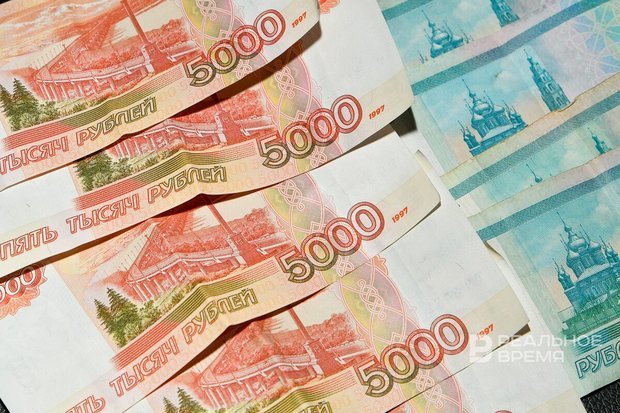
Rushan Sakhbiyev considers the adaptability of the Russian economy to be one of the main achievements of recent years. “We have learned how to overcome difficulties and find the necessary mechanisms and payment schemes in the field of import and export, in the field of import substitution of various products. People have learned to work in new conditions. The year 2023 has shown that everything is working out for us. I think this trend will continue in 2024," the banker predicts.
Changes in the key rate became a destabilising factor
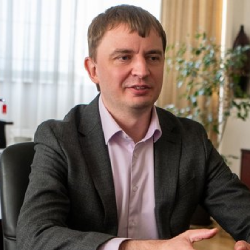
According to him, the year 2023 was successful for the Bank of Kazan: the bank grew in many key indicators, and a number of areas of foreign economic activity developed well. “We are still in the lead in terms of turnover of foreign exchange transactions," the banker stressed.
Bachurin does not expect further rate increases, as this may pose a risk to the economy in the future. “We see an active inflow of deposits under current conditions. This is due to the fact that the profitability of them is now higher than the profitability of some business lines. As a result, there is a decrease in investment activity. Most likely, the change in the key rate will also have the greatest impact on business next year," he forecasts.
“The market will be transformed”
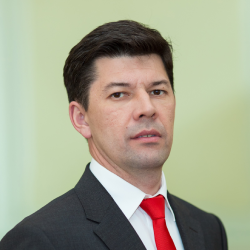
An increase in the key rate will affect the dynamics of new retail loans, but it will not lead to a market shutdown, but to its transformation. If we talk about mortgages, for example, we should expect a further shift in focus towards government programmes with a subsidised rate, as well as various combined programmes.
Rosbank had a lot of events this year, which it was necessary to adapt to, make tactical and strategic decisions on time.
Rosbank's net profit after tax for the first 9 months of 2023 reached 29 billion rubles, which is six times higher than the profit of 2022. The bank's return on equity increased almost eight-fold, to 18% in the first 9 months of 2023. The bank's net interest income for the first 9 months of 2023 increased by 15% compared to the same period in 2022, due to the active growth of the loan portfolio — by almost 40% since the beginning of the year.
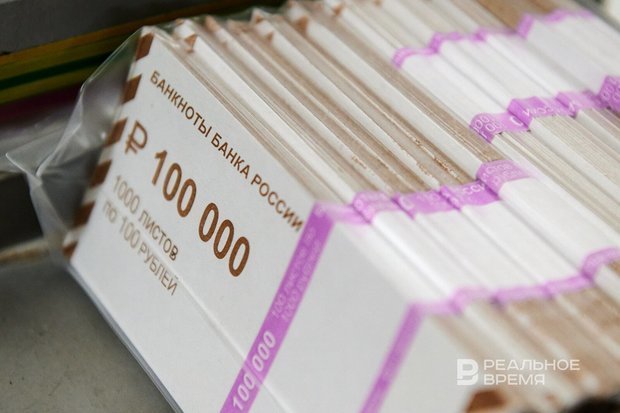
The bank's retail business is also growing at a faster pace than the market. In the first 9 months of 2023, the retail loan portfolio grew by more than 20%, while almost 290 billion rubles of loans were issued to the population. In the segment of car loans, the bank ranks second in the market in terms of loans for 9 months of 2023, and retains the third place in terms of portfolio size.
Sanctions played into the hands of Russian banks
“This year, Russian banks are going to earn record profits, which have already exceeded 3 trillion rubles in the first 11 months of 2023. The main success factor is the restoration of the national economy. The Russian economy has returned to a growth trajectory, and GDP growth is expected in the range of 2-3% this year. The banking sector is one of the main beneficiaries of this process," comments Maxim Osadchy, the head of the Analytical Department of BKF Bank.

Government incentive programmes also provided support to the banking sector. For example, funds from a record volume of public procurement are pouring into the economy. Government-subsidised mortgages became the main driver of retail loan growth. The rapid growth of mortgages also contributed to the successful results of the banking sector.
The year 2023 was pretty quiet
“The banking sector has once again demonstrated quite strong stability for these years. The notorious banking cleanup by Elvira Nabiullina, which has been underway since 2013, has nevertheless increased the stability of banking. This year, a record profit is expected — more than 3 trillion rubles. It is clear that a significant part of it was formed due to the release of reserves, and this is a conditional story. Nevertheless, the banking system has withstood, despite all the shocks, excommunications from SWIFT and other events," says Yan Art, a financial expert, member of the Russian Union of Industrialists and Entrepreneurs Commission on Banks and Banking, PhD in Economics.
This year, the unclear situation with biometrics continued, an experiment with Islamic banking, and a pilot for the digital ruble was launched, the expert lists. But these are not the most important events for the industry yet. “Of course, the digital ruble can theoretically turn the whole banking business around, but at the moment it's just a pilot project," he said.

By and large, 2023 is quite calm in terms of banks, and in terms of finance, the expert notes that the Russian National Wealth Fund remains unchanged, that is, the main state stash is not growing, but it is not decreasing either. “However, the fragility of the Russian budget is very high. It contains a range of oil prices that may not be sustained in the new year. Many shouted that oil would cost more than $ 100, but there are already versions that oil could become cheaper than $ 40-50. In this case, the fragility of the Russian budget is obvious. Therefore, the financial world today is relatively stable, but very fragile," says Art:
“In 2024, we will look at how the issue of Russian frozen assets will be resolved. Still, Janet Yellen clearly stood guard over the law and said: “Yes, we can freeze Russian assets as punishment, but our laws do not allow them to be confiscated.” But they are trying to promote the topic of confiscation. And now the whole world is going to be watching this, because it's a really unpleasant story. All legal constructions can finally fly," he forecasts.
“And the last point, which is also important to note: gold is very high in price, moreover, this price, which rarely happens, does not correlate with the market at all. Everything is good in the stock market, and it would seem that gold should go down slightly. However, central banks around the world, looking at the history of asset freezes, are buying gold. The latest report of the World Gold Council, which was released in December, just speaks about this trend — it is going to continue in 2024. Of course, this is not the trend that sets the tone for ordinary consumers, but it is one of the most powerful trends of the next year," says Jan Art.

2024 may be more difficult
“Unlike last year, it is difficult to name any bright events for the banking sector in 2023. First of all, this is probably a sharp tightening of the monetary policy of the Bank of Russia in response to the acceleration of inflation and the collapse of the ruble — in a relatively short period, the key rate was doubled in several steps," recalls Igor Dodonov, analyst at Finam. “Besides, it should be noted the sharp tightening of macroprudential regulation of retail lending in order to prevent the formation of a credit bubble. These measures will lead to a weakening of the dynamics of lending in the country and will negatively affect the financial performance of banks next year.”
The sharp rise in interest rates and the tightening of macroprudential regulation of the retail segment have had a restraining effect on lending to the public and businesses in recent months. Besides, against the background of the outstripping growth in the cost of funding, there is a certain pressure on the net interest income of banks. Besides, at the end of this year, banks probably had to add reserves due to the cancellation of a number of regulatory eases in early 2024. Against this background, Igor Dodonov expects a certain deterioration in the financial results of Russian banks in November-December. Nevertheless, according to the results of the entire 2023 year, the net profit of the sector is likely to set a new record, amounting to 3.2-3.3 trillion rubles.

According to him, it is still quite difficult to make forecasts for 2024, given the large number of uncertainty factors: the development of the situation in the economy, the trajectory of the key rate, the fate of the state programme of preferential mortgages after its completion in the middle of next year, sanctions and geopolitics.
According to the forecast of the Ministry of Economic Development, the Russian economy will continue to grow in 2024, although the rate of recovery in the baseline scenario will slow down to 2.3% from the expected 2.8% by the end of this year. This will continue to support the banking business.
At the same time, the tight monetary policy of the Bank of Russia (the key rate is expected to remain double-digit throughout 2024) will lead to a significant slowdown in lending. Thus, according to the latest assessment of the Central Bank, the growth rate of corporate lending will decrease to 5-10% from the expected 16-19% in 2023, retail lending to the same 5-10% from 20-23%. Including in the mortgage segment — up to 7-12% from 24-27%. This will lead to a weakening of the dynamics of banks' revenues in the main areas of activity.
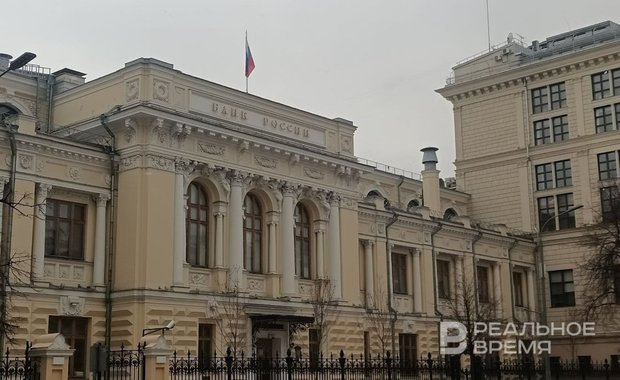
“Besides, next year we probably won't see such large revenues from currency revaluation, which have significantly improved the sector's performance this year. In this regard, bank profit, according to our preliminary estimates, will significantly decrease in 2024, although it will amount to a very significant 2-2.2 trillion rubles," Dodonov forecasts.
The business of banks is highly dependent on economic and market conditions. In the event of a new significant deterioration, for example, due to increased sanctions pressure on Russia or further escalation of geopolitical tensions, the sector may face a deterioration in the quality of the loan portfolio and a decrease in key financial indicators.